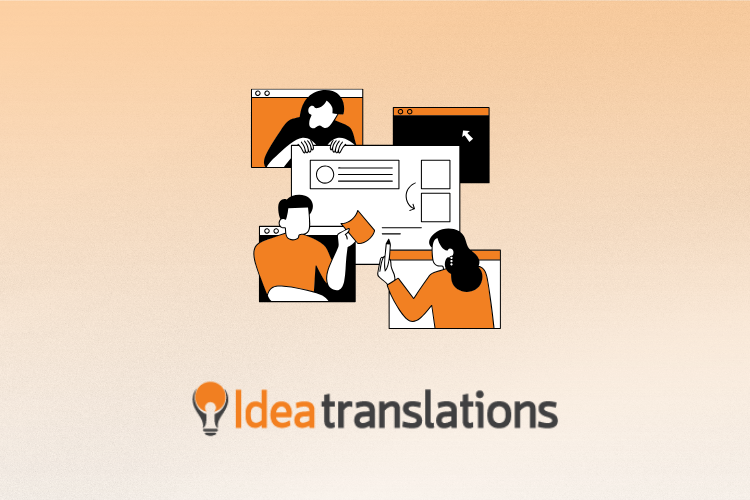The environment is no longer just a topic of concern for governments or activists; it’s an integral part of doing business in the modern world. From international climate agreements to eco-conscious consumers, sustainability has become a global conversation. But here’s the catch: for that conversation to drive real impact, everyone needs to understand it. If […]
- 8719 Evangel Drive, Springfield, Virginia 22153, US
- info@ideatranslations.com
- +1 (877)-409-8460







